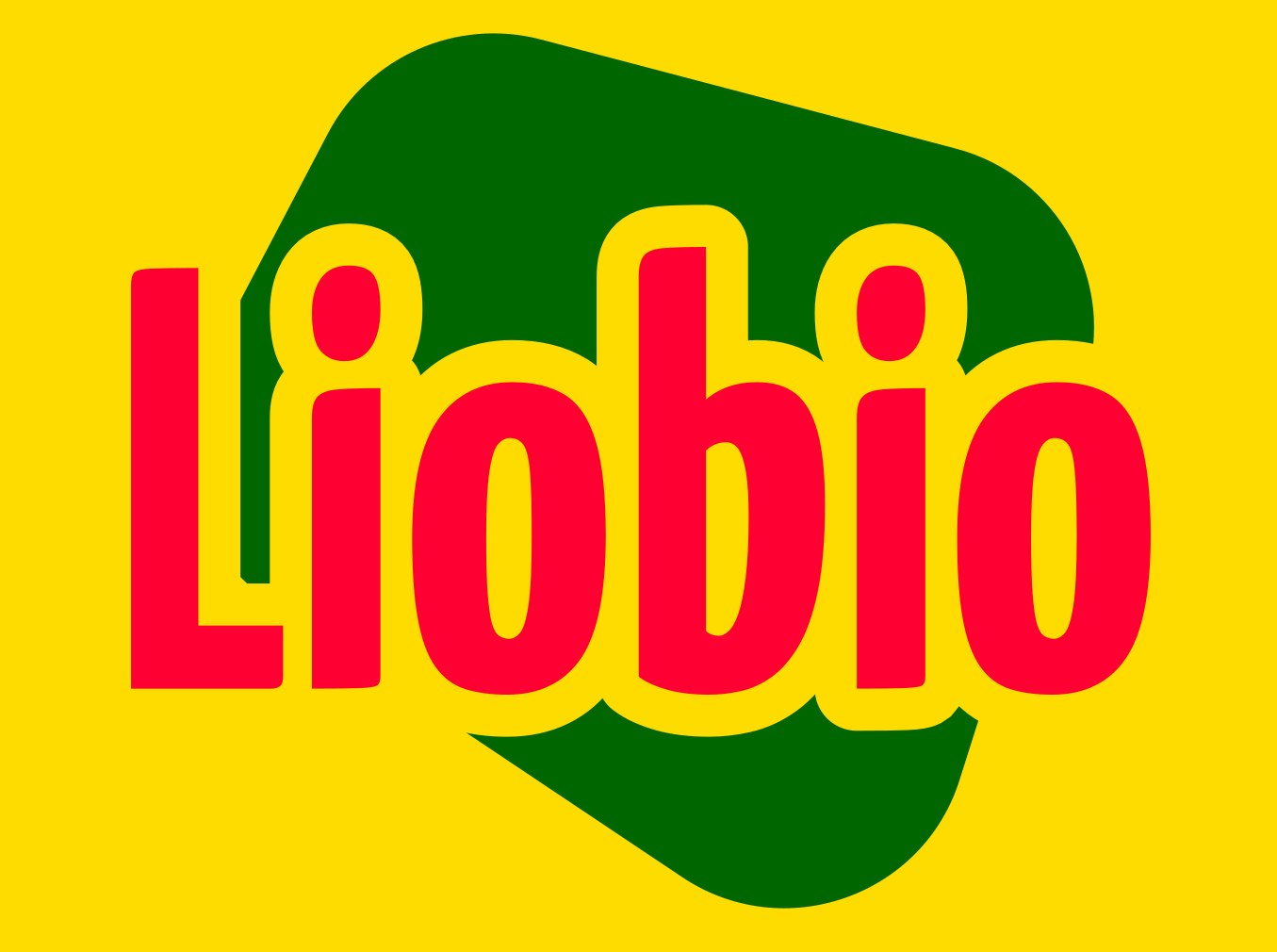It is a process in which customers receive products that are free of defects and that meet their specifications when it comes to manufacturing. Incorrect use has the potential to endanger the health and safety of consumers when performed incorrectly. Takata airbags, for example, were the subject of the largest automotive recall in history after a recent defect in one of their products was discovered. Takata is a Japanese manufacturer of airbags. Hundreds of millions of dollars are expected to be spent on the recall, which affects nearly 69 million airbag inflators and will have a significant impact on millions of people. The recall will remain in effect until the end of 2019, and the resolution will not be finalized until the beginning of the following year, according to the company.
In the manufacturing industry, statistics-based process control (SPC), which tracks production metrics, is used to monitor and control the overall quality of the product. It assists quality managers in identifying and resolving issues that have arisen before products leave the manufacturing facility before they are shipped out. Using Six Sigma's five key principles, manufacturers can ensure that customers' needs are met while also achieving zero defects throughout the manufacturing process. Using Total Productive Maintenance (TPM), 5S, and Kaizen, it is possible to eliminate the vast majority, if not all, of the defects that occur in the manufacturing process when these tools are used in conjunction.
Companies that have ISO9000 Quality System Audit In China procedures in place have a significantly lower risk of having their products recalled or of putting the health and safety of their customers at risk as a result of improperly manufactured products
-
These recalls can result in a significant financial burden for the parties who have been affected
-
For example, the Takata recall, which was conducted in 2015 and is estimated to have cost the company between $7 billion and $24 billion, serves as evidence of this point
-
In this article, you will learn how Total Productive Maintenance (TPM) can help you avoid costly recalls while simultaneously improving the performance of your quality control system (QCS)
-
The Graphic Products' Best Practice Guide to Total Productive Maintenance (TPM) will prove to be a valuable resource in your pursuit of total quality and productivity improvement in your organization
-
Improve the overall quality of your products and services, eliminate defects, and streamline your operations in order to increase your profit margins and revenue
Maintaining quality control in the manufacturing industry can be a difficult task to accomplish. It is frequently carried out at the conclusion of the manufacturing process, allowing for the discovery of defects after the fact, which is advantageous. Quality assurance is a process that is tailored to the needs of each individual organization. As far as small and medium-sized enterprises (SMEs) are concerned, ISO 9001 is the most appropriate standard to use because it can be tailored to meet almost any requirement. Quality assurance is a tool for developing a long-term quality assurance program that ensures that everything from raw materials to inspection procedures is of the highest possible caliber. Quality assurance is used to ensure that everything from raw materials to inspection procedures is of the highest possible caliber. With the help of quality assurance, you can make certain that everything from raw materials to inspection procedures is of the highest possible caliber. It is now virtually impossible to detect or detect the presence of issues or defects caused by poor quality materials or third-party components in modern products.
During the manufacturing process, inspections can be performed at any stage. These inspections are primarily concerned with the final product's quality, construction, and functionality, among other things. This ensures that the product meets all applicable safety standards as well as all applicable import regulations in your country, which is the desired end result. As an importer, product inspections are critical because they help you ensure that you are getting the best value for your money by ensuring that you receive high-quality goods on time and in good condition.
Prior to shipment, the shipment is subjected to a ISO9000 Quality System Audit In China inspection process.
Newly manufactured goods are subjected to this type of inspection on a regular basis before being shipped to their final destination: the customer. It is carried out in the vast majority of cases when all products are complete and at least 80% of them have been packaged prior to shipment. Pre-shipment quality control inspections look for defects, irregularities in the product's dimensions and appearance, as well as any deviations from the product's quality, quantity, and safety regulations, before shipping the product.
By conducting inspections on a product while it is still in the factory, you will have the opportunity to correct any issues that may arise and avoid making costly mistakes later in the manufacturing process, which will result in a savings of money for the company. Acceptable Quality Limits (AQL) are one of the most commonly used methods for conducting pre-shipment inspections in the manufacturing industry. They are also one of the most widely used methods for conducting pre-shipment inspections, accounting for about a third of all such inspections.



